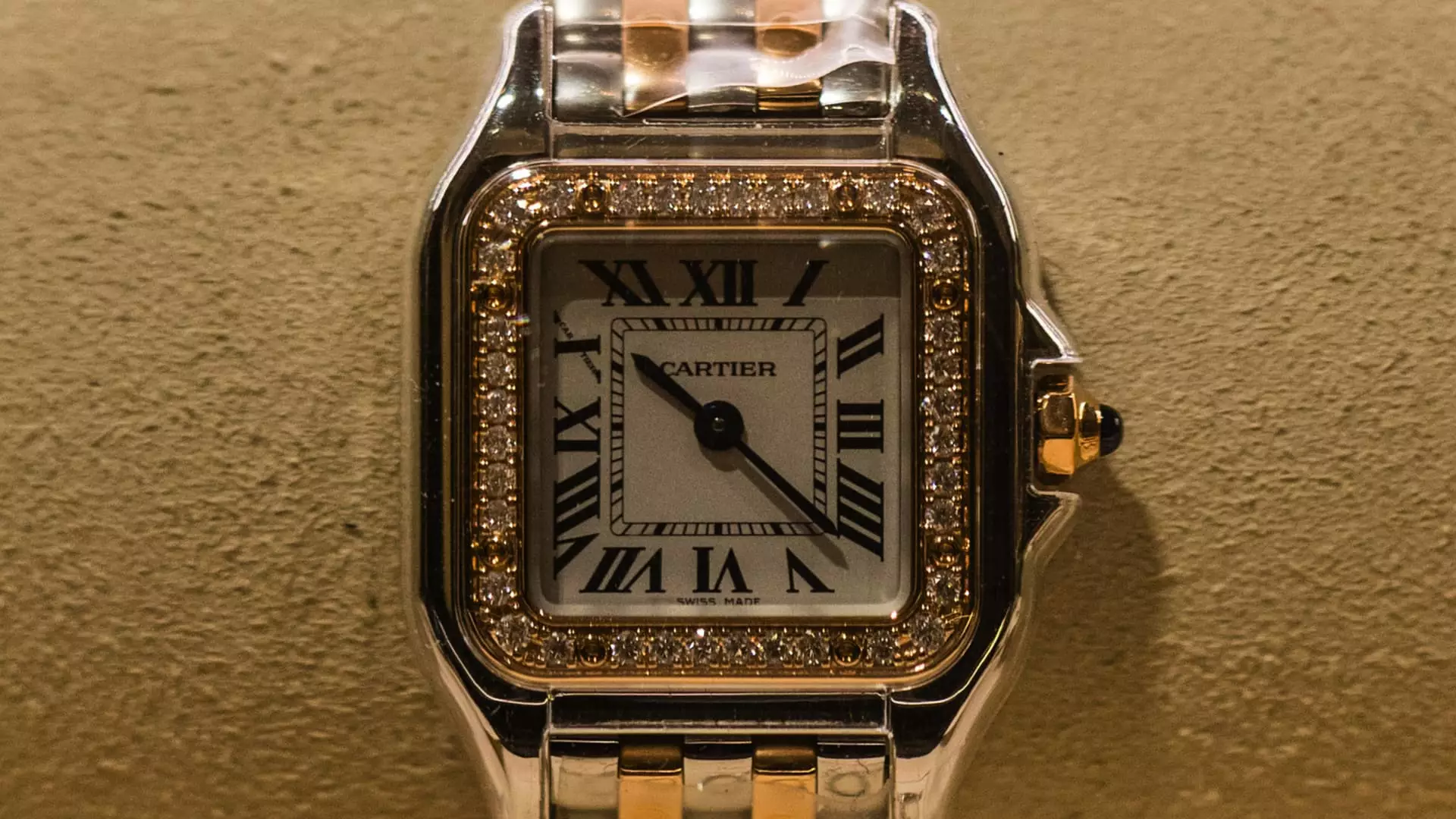In a world of tumult and uncertainty, the luxury brand Richemont, known for its renowned Cartier merchandise, recently unveiled financial results that defy the prevailing negative economic narrative. The company’s fiscal fourth-quarter sales, amounting to a remarkable €5.17 billion, surpass analysts’ expectations and announce a 7% year-on-year growth at constant exchange rates. It’s a vivid reminder that even during turbulent times, wealth can flow like a river, untouched by the storms that sweep through the global economy. This upswing signals not only resilience but also a resolute commitment from the elite consumer base to maintain indulgence in luxury goods, even as others flinch in the face of financial pessimism.
Regional Disparities in Sales Trajectory
A closer look, however, reveals an uneven landscape across different markets. While Richemont’s sales flourished in regions like Japan—boasting a hefty 25% increase—others languished, particularly in the Asia-Pacific, where an alarming 23% decline in China raised some eyebrows. The disparity in performance highlights a crucial reality: the luxury sector is increasingly bifurcating, divided between markets that are buoyant and those that are grappling with socio-economic headwinds. As Japan capitalizes on domestic and tourist spending, the decline in China hints at a troubling trend, where the aspirational luxury dream is dampened by broader forces. Is the Chinese consumer’s luxury appetite waning, or is it merely a momentary flicker of uncertainty?
The Price Dilemma and its Implications
While Richemont’s assembly of prominent brands heralds a collective strength, the challenges posed by fluctuating gold prices, U.S. tariffs, and volatile foreign exchange rates persist. BofA Global Research aptly points out that while Richemont’s pricing power serves as a defensive strategy, the looming uncertainties threaten to erode consumer confidence and discretionary spending. The company’s insistence on leveraging price adjustments as a countermeasure to these headwinds may seem pragmatic, but it pushes a critical question to the forefront: How much can consumers tolerate before the allure of luxury morphs into mere luxury fatigue?
Future Outlook amid Global Uncertainties
Richemont’s Chairman, Johann Rupert, has rightly stressed the need for “strong agility and discipline” in navigating through these tumultuous waters. Navigating future uncertainties will require a delicate balancing act—continuing to satisfy luxury appetites while addressing the challenges that lie ahead. Innovations within the company’s “other” segment, which includes pre-owned watch platforms like Watchfinder & Co, suggest a forward-thinking approach that capitalizes on changing consumer preferences. As the luxury industry continues to morph, will Richemont evolve sufficiently to stay ahead of the curve?
Richemont may have achieved impressive fiscal results, but the underlying dynamics of today’s luxury market demand vigilance and adaptability. The triumph seen in recent figures cannot overshadow the growing complexities that cast long shadows across the luxury landscape. The journey forward will depict a much-readied response to not just hold ground, but to thrive amidst inevitable transitions.


Leave a Reply